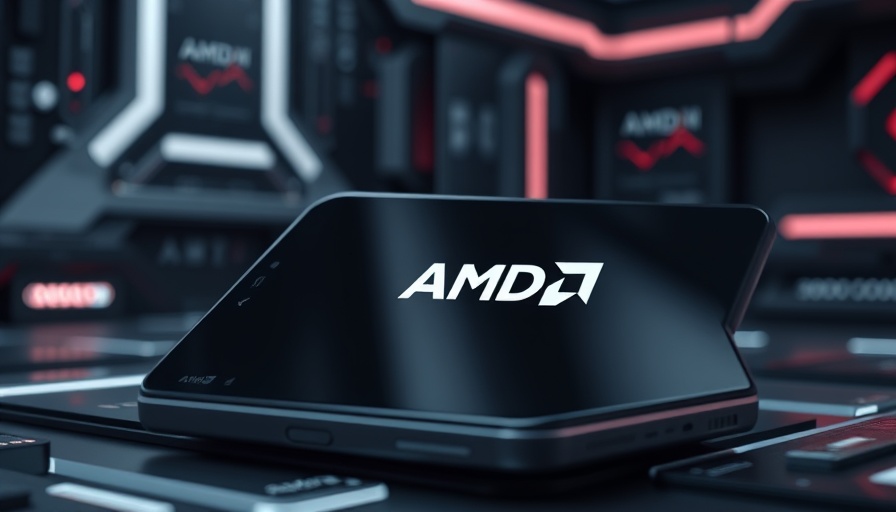
AMD's Bold Move in the AI Arena
The semiconductor landscape is rapidly evolving, and AMD has just made a significant leap with its recent acquisition of the AI software startup Brium. This strategic move aims to reshape the market dynamics, particularly challenging Nvidia's stronghold on AI hardware. As the demand for artificial intelligence technology surges across industries, AMD's proactive steps reflect a growing ambition to carve out a formidable share in this lucrative sector.
Understanding Brium's Impact on AI Inference
Brium’s core innovation lies in its ability to optimize machine learning applications for AI inference—essentially enhancing how trained AI models make decisions based on new data. While Brium has maintained a low profile, the startup has been vocal about the heavy reliance on Nvidia. Their technology could provide a crucial advantage, allowing developers to efficiently transition AI workloads from Nvidia's architecture to AMD's. This adaptability is critical as more firms look for flexible, cost-effective AI solutions.
Diversifying AI Hardware Options
AMD's acquisition of Brium signals a vital shift towards creating a high-performance and open AI software ecosystem. Currently, a significant portion of AI applications is designed with Nvidia hardware in mind, often leaving alternatives like AMD's Instinct GPUs underutilized. By integrating Brium's capabilities, AMD can enhance the effectiveness of its hardware offerings, providing developers with the tools needed to expand their AI initiatives.
Strategic Acquisitions Set the Stage for Open AI
This acquisition is not an isolated incident; it is part of AMD's broader strategy that includes the past purchases of Silo AI, Nod.AI, and Mipsology over the last two years. Each acquisition plays a role in AMD’s vision of an open-source AI ecosystem that encourages innovation and fosters competition. By positioning itself as a key player against Nvidia, AMD is not just aiming for market share; it is championing a more inclusive future for AI development.
The Road Ahead: Predictions for AMD and the AI Landscape
Looking ahead, the ramifications of AMD's acquisition strategy could be profound. As developers begin to adopt Brium's tools, we may see a gradual shift in AI workloads, democratizing access to powerful AI technologies. This change could lead to increased competition, driving not only technological advancements but also price reductions for businesses leveraging AI.
Potential Challenges and Market Reactions
However, the journey won't be without its hurdles. Nvidia's current market dominance isn't solely due to hardware superiority; their extensive software ecosystem and developer support have created a formidable barrier to entry. For AMD to succeed, it will not only need to enhance its hardware but must also prioritize building a robust software infrastructure that aligns with Brium’s capabilities.
Engaging with AMD’s Vision
For technology enthusiasts and industry stakeholders, keeping an eye on AMD’s developments in the AI sphere will be crucial. The implications of this acquisition extend beyond just hardware; it heralds a significant shift in how AI can be developed and deployed across various platforms. Understanding these trends can empower businesses to make informed decisions about integrating AI technology into their operations, leveraging AMD’s forthcoming innovations.
Take a Closer Look at the AI Hardware Landscape
As the tech community processes AMD's bold acquisition, exploring more about how these changes could impact software and hardware approaches in AI might be beneficial. Businesses should prepare for a future where multiple viable hardware options are available, potentially leading to more customized and efficient AI solutions.
 Add Row
Add Row  Add
Add 



Write A Comment